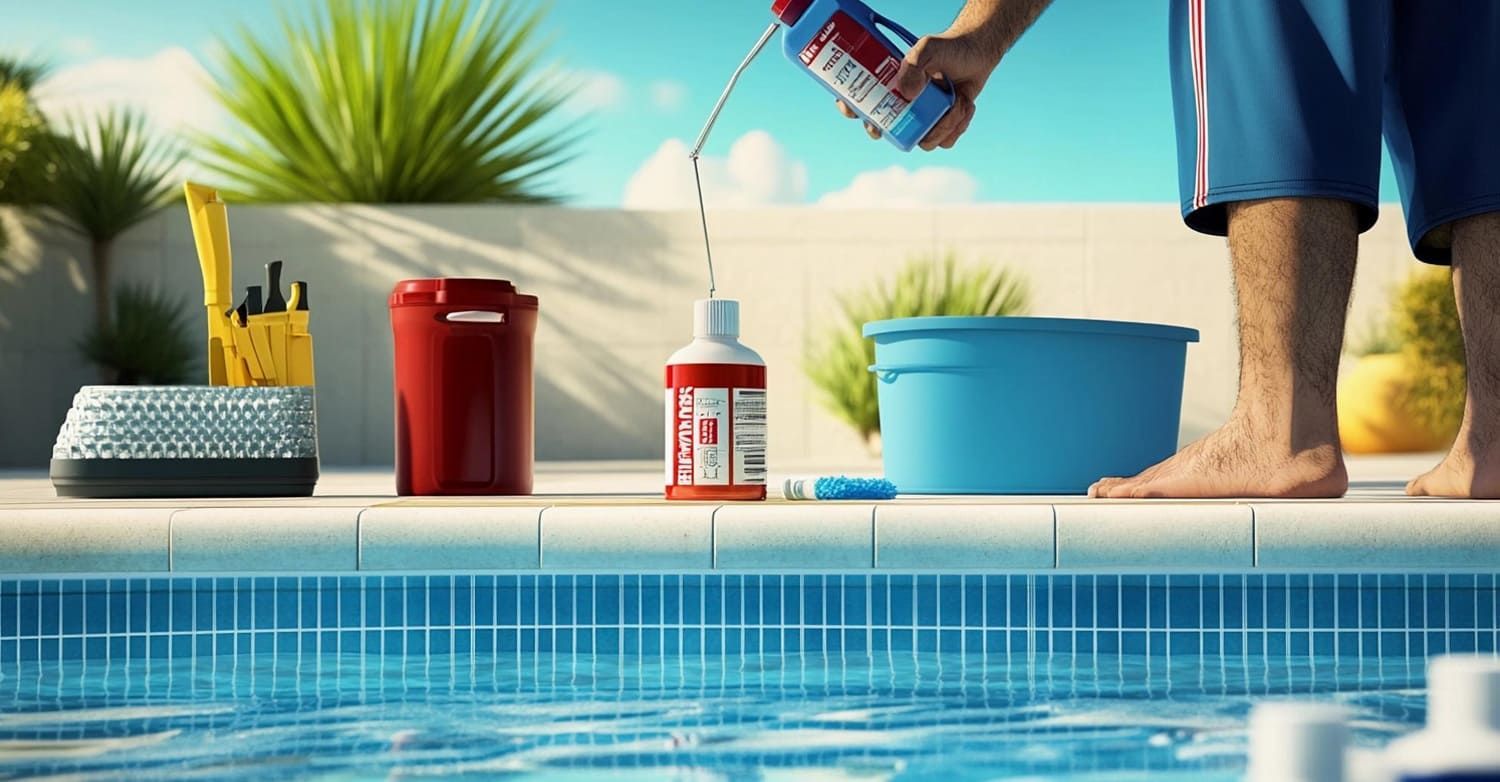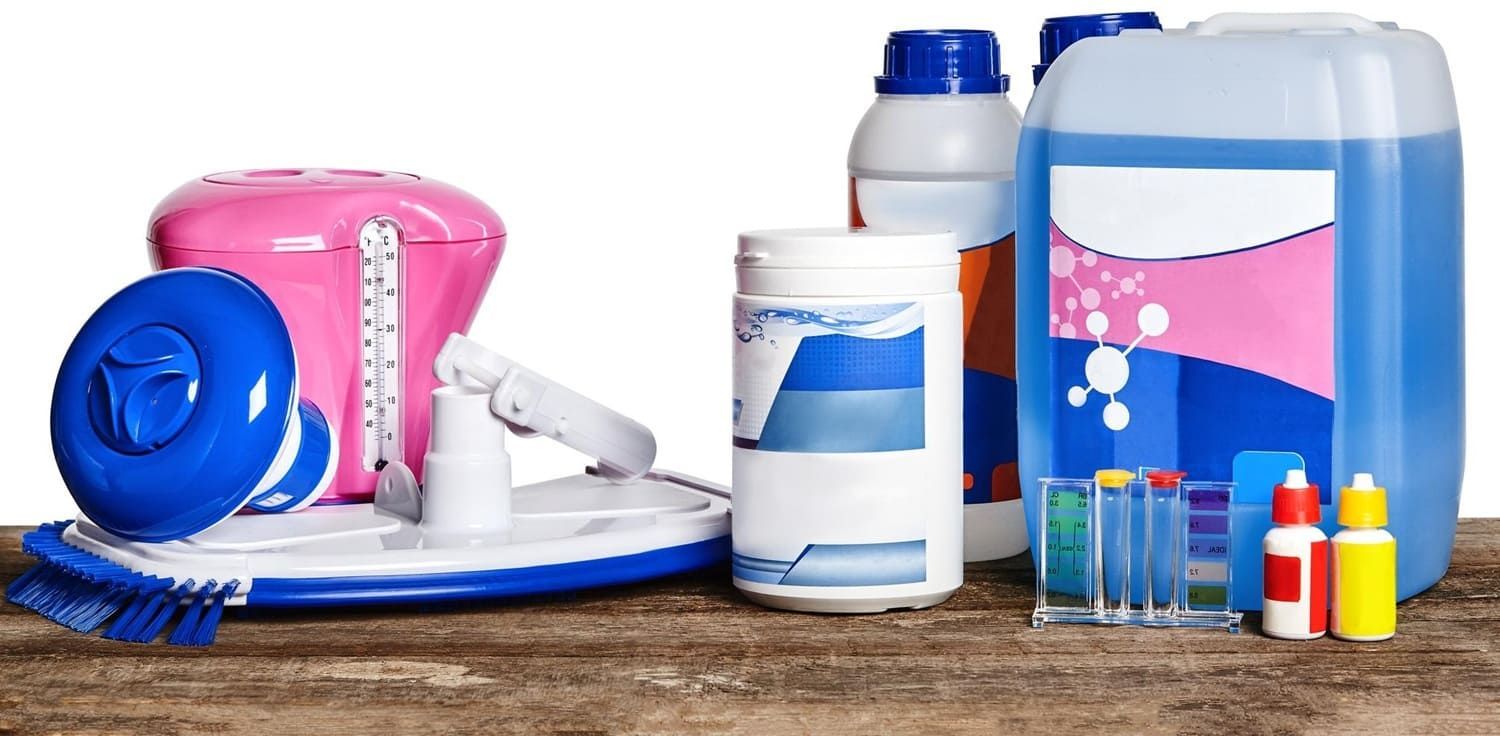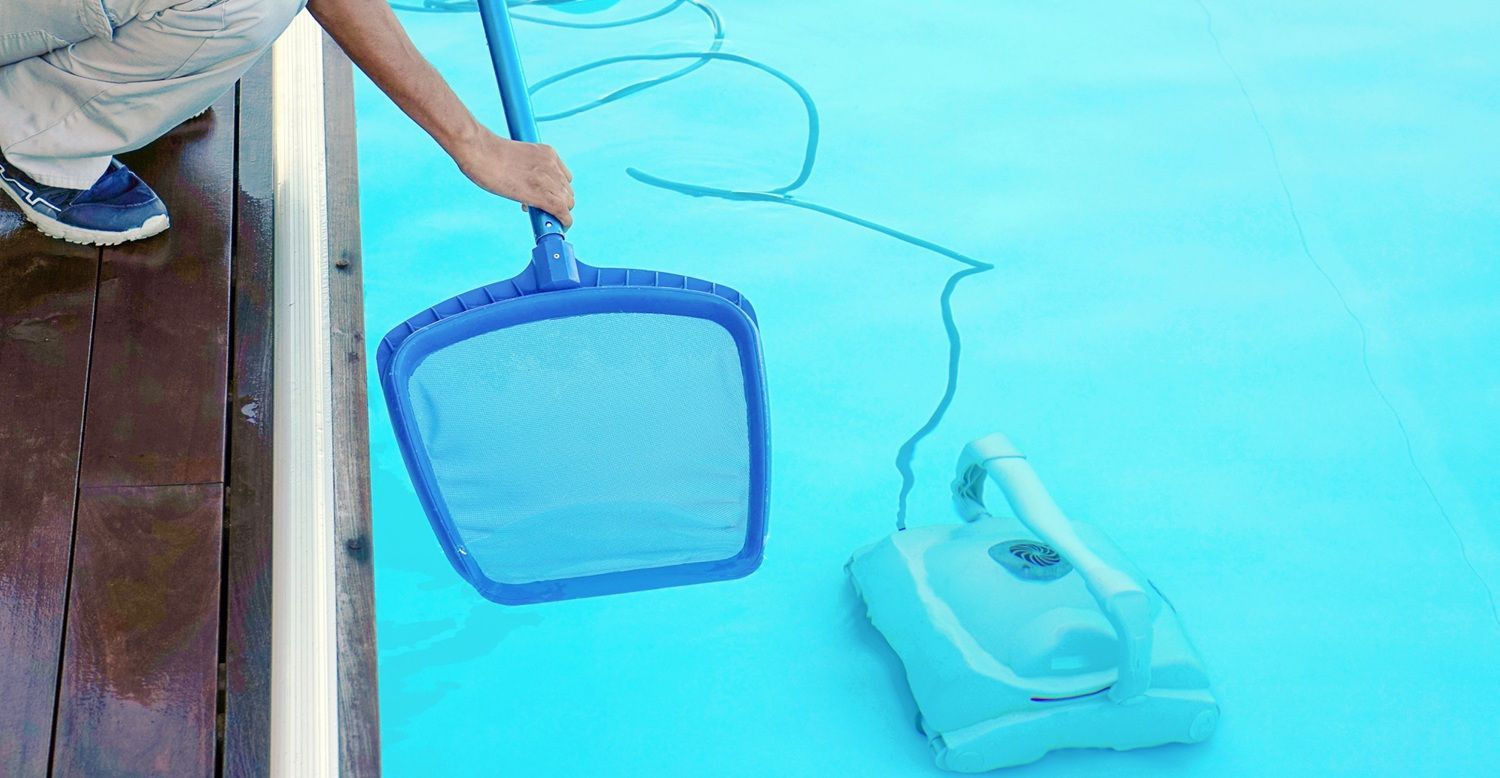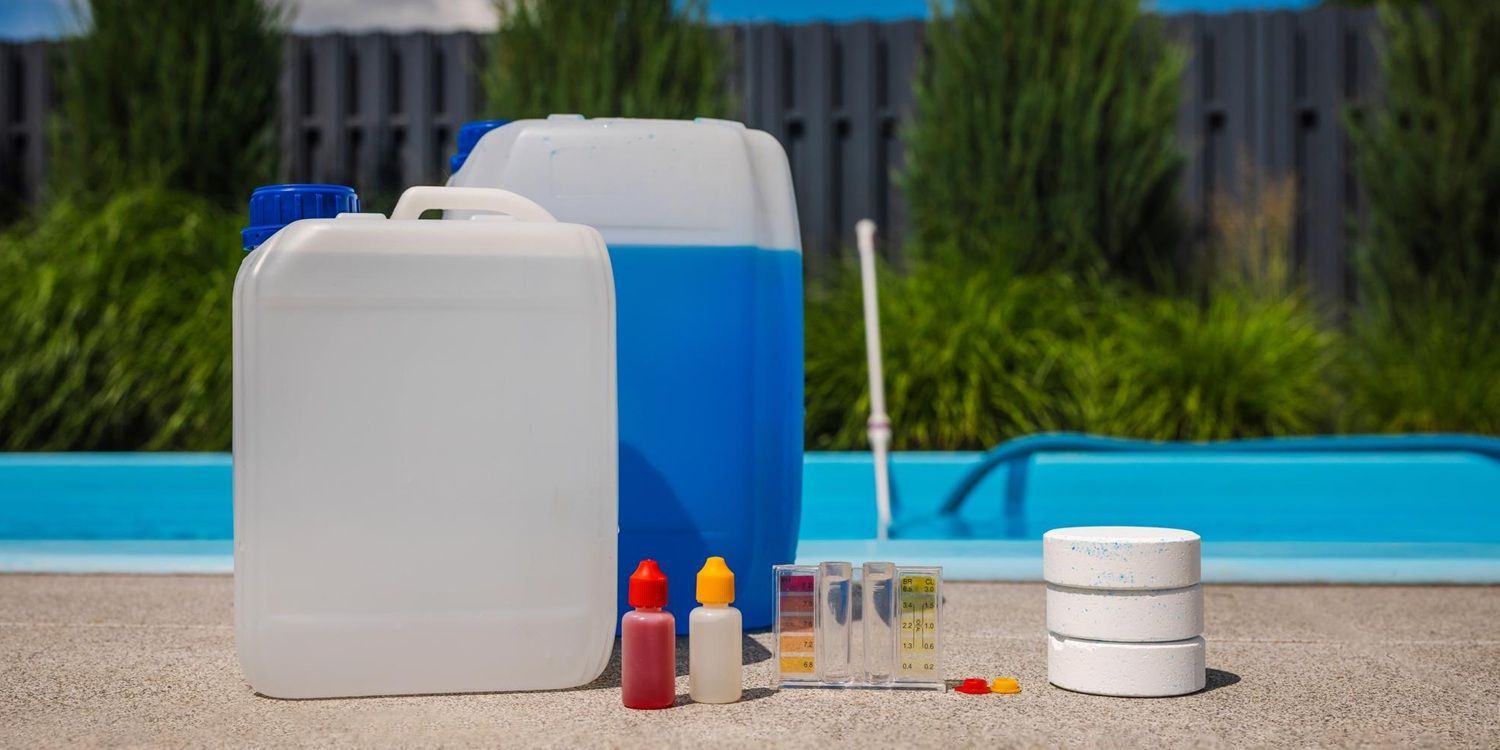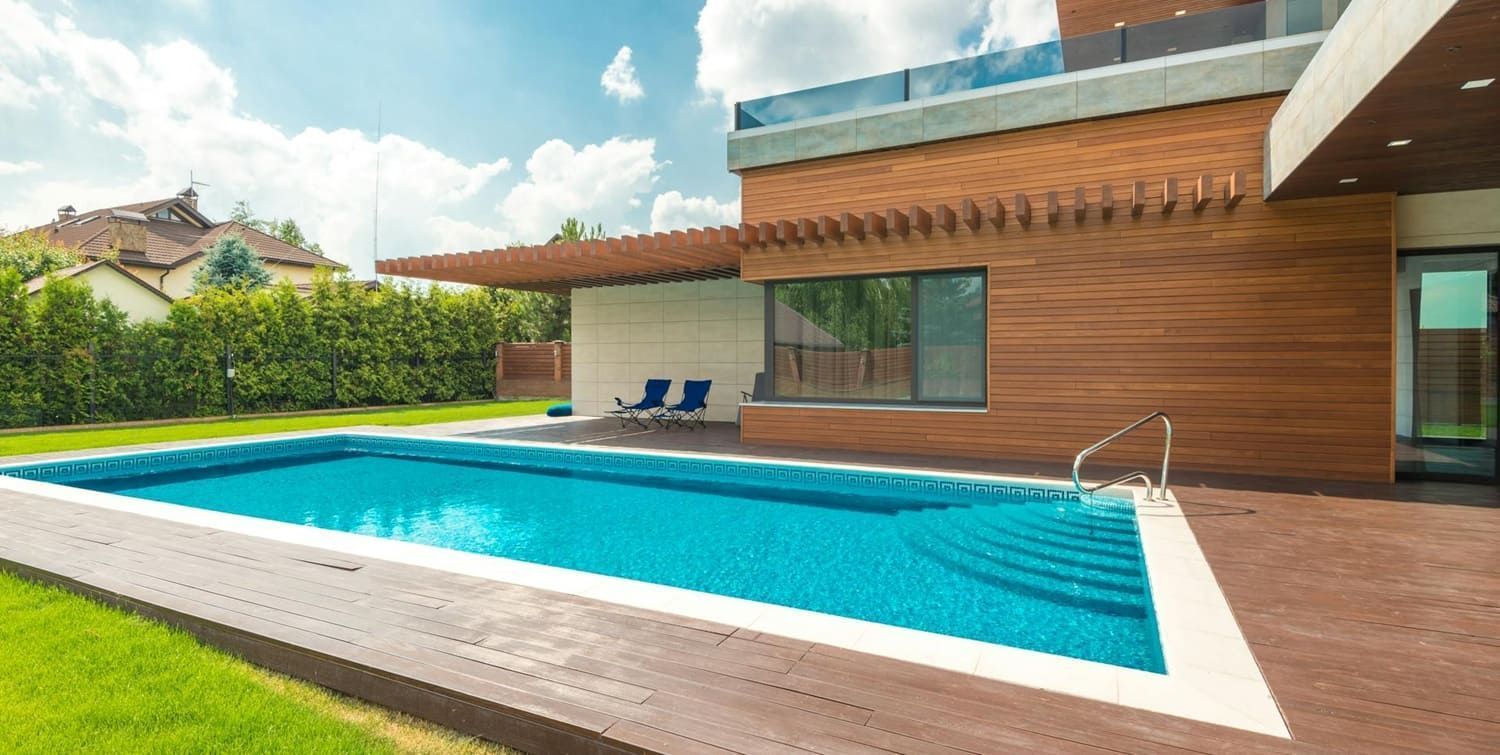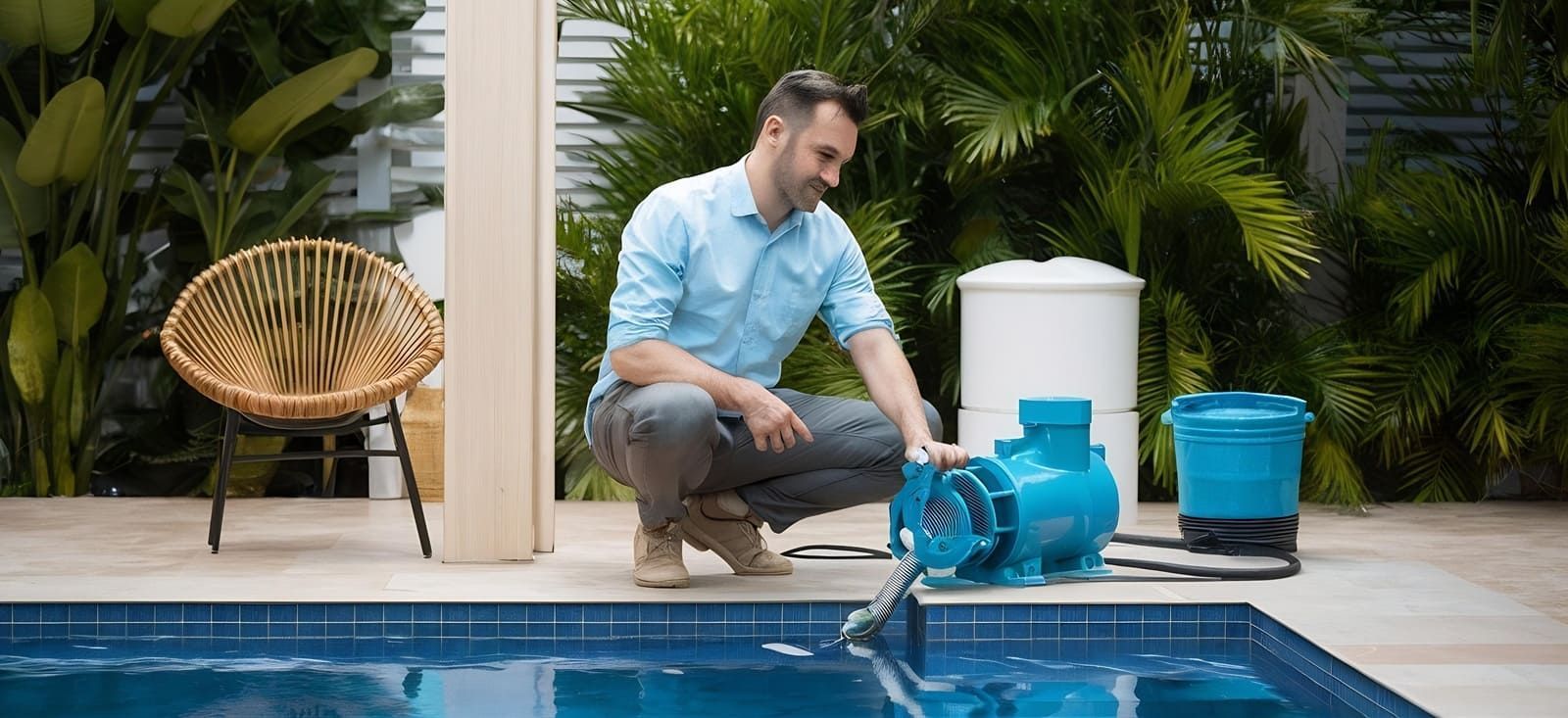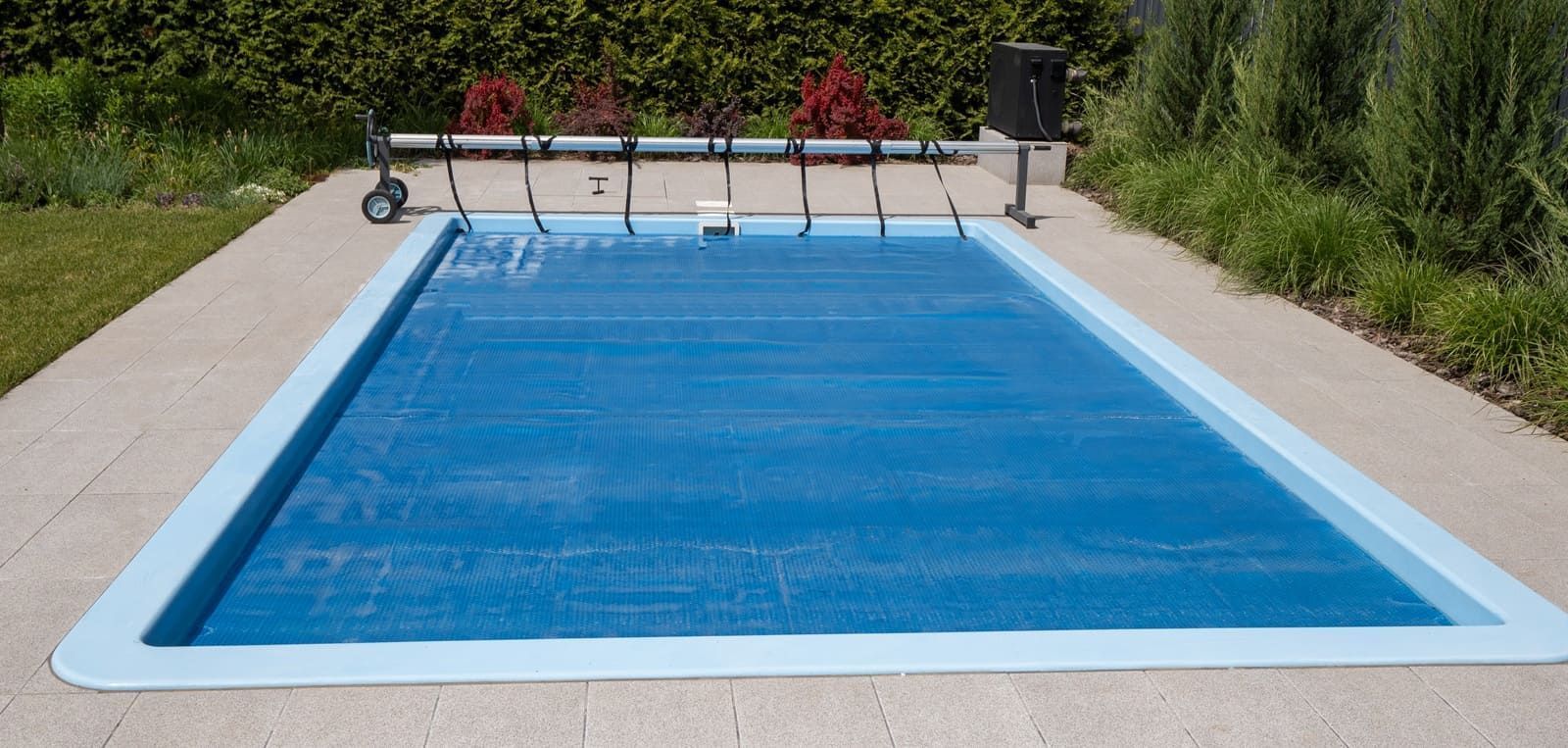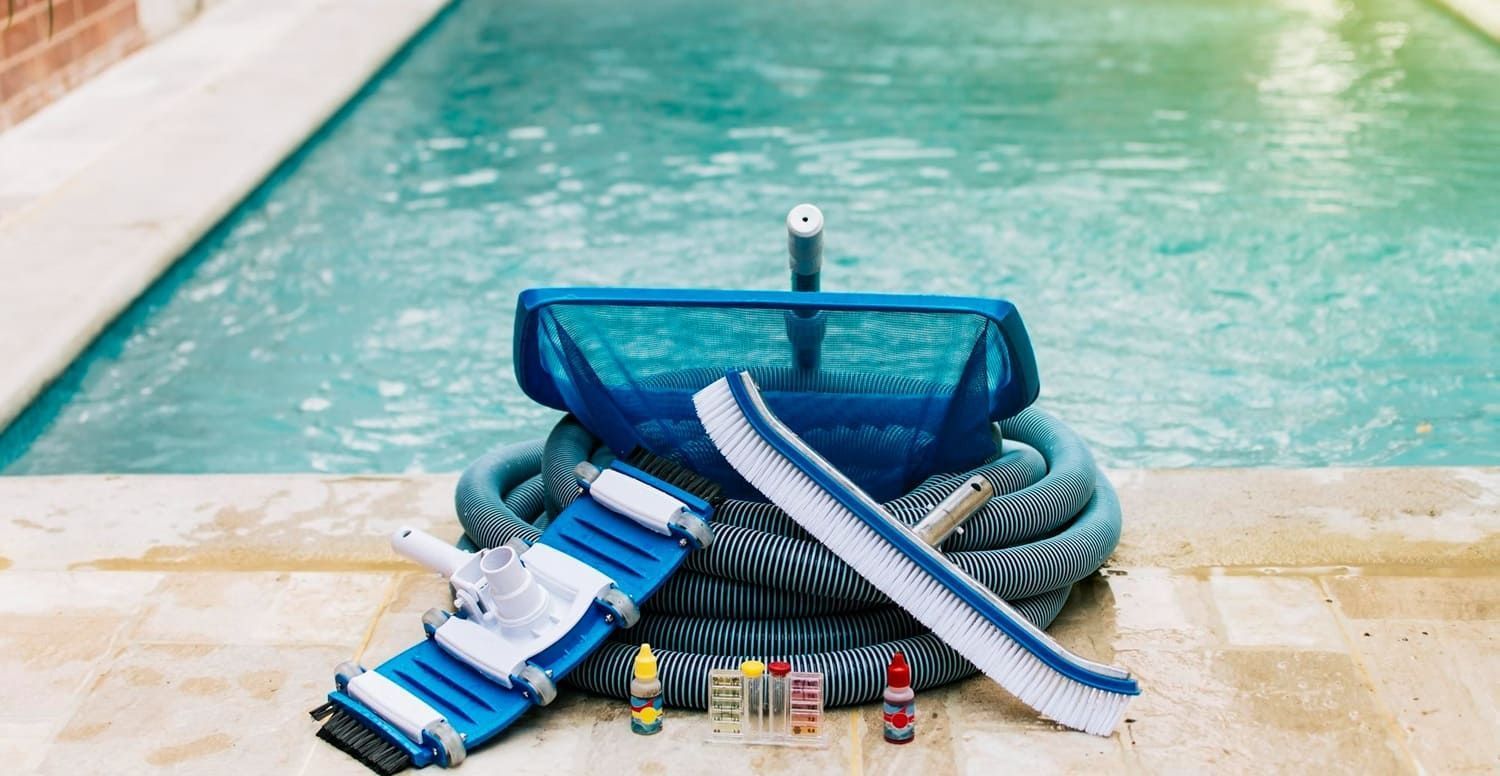How to Clean a Swimming Pool After Winter: Essential Steps to Follow
LayorCare Blogger • November 5, 2019
Before opening up your pool for spring, it's important to give it a good cleaning. Follow these steps and know how to clean a swimming pool after winter.
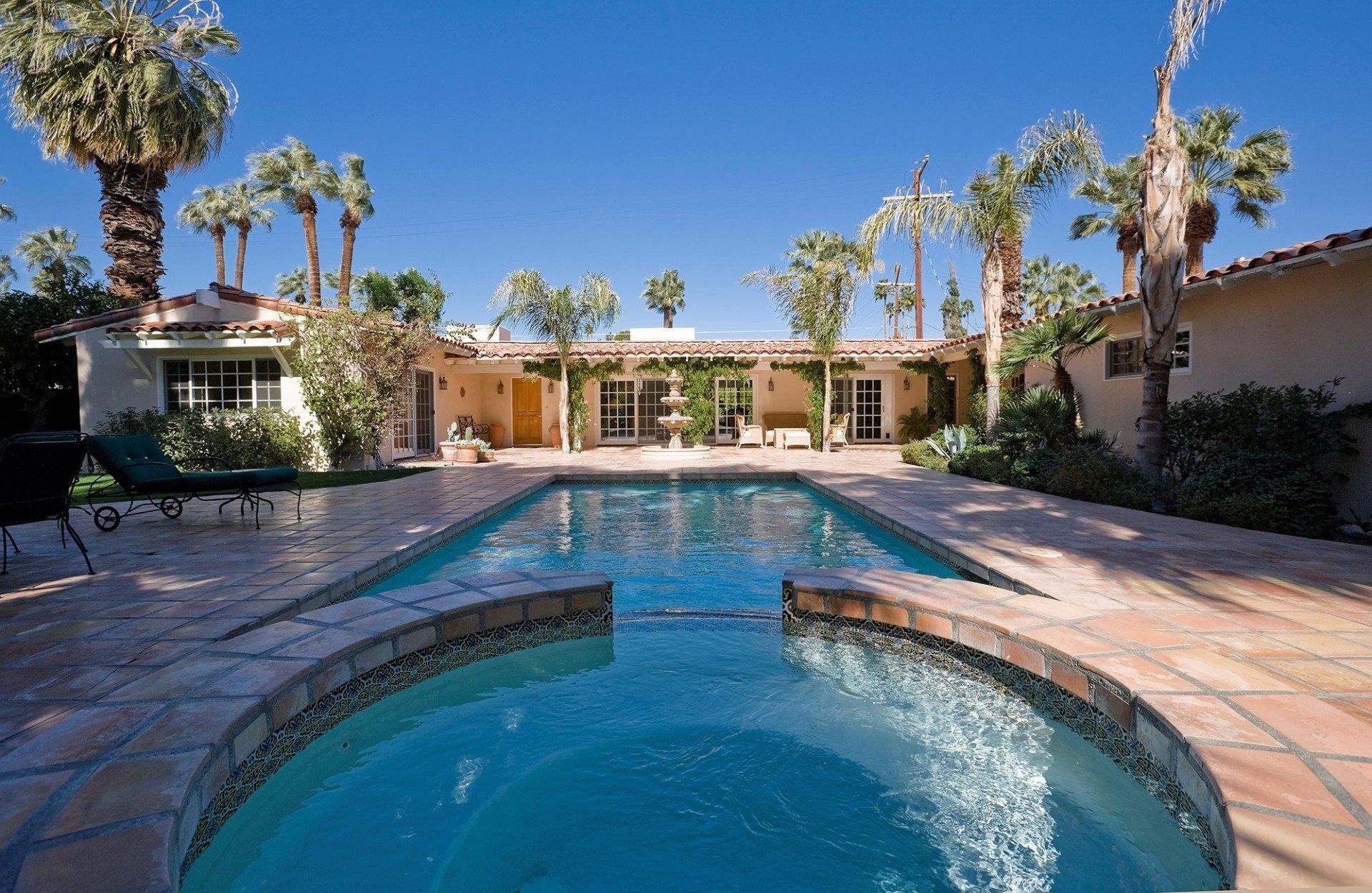
As soon as you see that first ray of sunshine after winter, you might want to run out and jump in your swimming pool.
But you need to take the time to clean it first. Don't worry. The process isn't as involved as you might think. We've put together this guide to teach you how to clean a swimming pool after winter.
So let's dive in!
Take off the Pool Cover
The first step of cleaning your pool after the winter season is to remove the pool cover.
Seem obvious?
This can actually be the most difficult part of the cleaning process. Whether you have an above-ground or in-ground pool, you'll often need someone else's help to get the cover off.
Don't try dragging it off on your own. Otherwise, you'll get all the debris on top of the cover into your pool water.
Once you do get the cover off, spend a few extra minutes washing it
with clean water and soap. This will remove any debris before you put it away for the warm season. Don't fold the cover until it is completely dry.
You may need to hang it or lay it out somewhere for several hours.
Give the Pool a Quick Inspection
After the pool cover is taken care of, you should give your pool a quick inspection.
Look for any signs of damages, including loose tiles, cracks, stains, or algae growth. Small issues will only get bigger once you start swimming, so it's better to fix any problems before the weather gets too warm.
If you do find a necessary repair, don't drain any of the pool water. This can cause more problems, and it can make the job longer and more expensive than it needs to be.
The only time you should empty your pool is during emergency situations, such as a structural problem.
Check the Water Level
Your pool might lose some water during the winter season.
This is normal. And because of this, it's important to check your pool's water level before you start cleaning. You won't be able to balance the pool chemicals properly if your water level is too low.
Take the time to top off your pool if it has a low water level.
Remove Any Winter Equipment
If you live in an area that gets snow or cold weather over the winter, you may need to winterize your pool for the cold season. That means you'll have to remove any winter equipment again as you get your pool ready for the summer again.
Remove any pool plugs, ice compensators, or other equipment. If you have an above-ground pool, you may need to put your skimmer baskets back in the right places.
Turn the Pump and Filter Back On
It's a good idea to check your pump and filter for any damage before you turn them back on. If they've gotten dirty over winter, you may want to clean out any debris as well.
If all looks good, turn them on!
Watch your pump and filter for the first few minutes. This will ensure they're working properly and don't have any leaks.
You should then let everything run for several hours to clean out any debris that got inside the pool over the winter. If you have a quality pool cover, there shouldn't be too much debris in the water, but even if you don't see anything, it's a good idea to let the pump and filter run for a while before you start swimming.
Vacuum and Scrub the Pool
You should always wait until after you get the pump running to vacuum your pool. However, you don't have to wait much longer than that. It's a good idea to start vacuuming as soon as possible.
The vacuum may fill the pool with dirt that use to be on the floor. Because of this, you should let the pump filter the water for a full 24 hours after you vacuum.
You should also take a pool brush and scrub the walls, steps, and ladders. Make sure you get any area the vacuum cleaner can't reach, such as tight corners.
Balance the Pool Chemicals (If Necessary)
Now that your pool is clean, it's time to check the pool chemicals. You'll probably need to rebalance them for the warm season.
Here's a quick breakdown of the different chemicals you should check.
- pH Level
The pH level of your pool should be between 7.2 to 7.4. If it's any higher or lower, you'll need to get it back in the right range.
You can use soda ash to raise the pH level and sodium bisulfate to lower the pH level.
- Calcium
Your pool water should have a calcium level of 150 to 250 ppm. If you don't have enough calcium
, your pool water will be too "soft." To add more calcium to your water, all you have to do is put some calcium chloride in your pool.
- Chlorine
You'll want your chlorine level
to hover between 1 to 3 ppm. If you don't have enough chlorine, you can pour some more into your water.
However, you might have to keep adding chlorine over the next few days to keep the water at the right level.
- Total Alkalinity
Get Ready for the Warm Weather: How to Clean a Swimming Pool After Winter
Now that you know how to clean a swimming pool after winter and restore the tiles to make them look like new
, you're ready to throw on your suit and jump in!
Just remember to never skip any of these steps. Otherwise, you'll spend your summer swimming in nasty water.
Think your pool might need a few repairs first?
We can help! Click here
to get in touch with us today!
Recent Posts
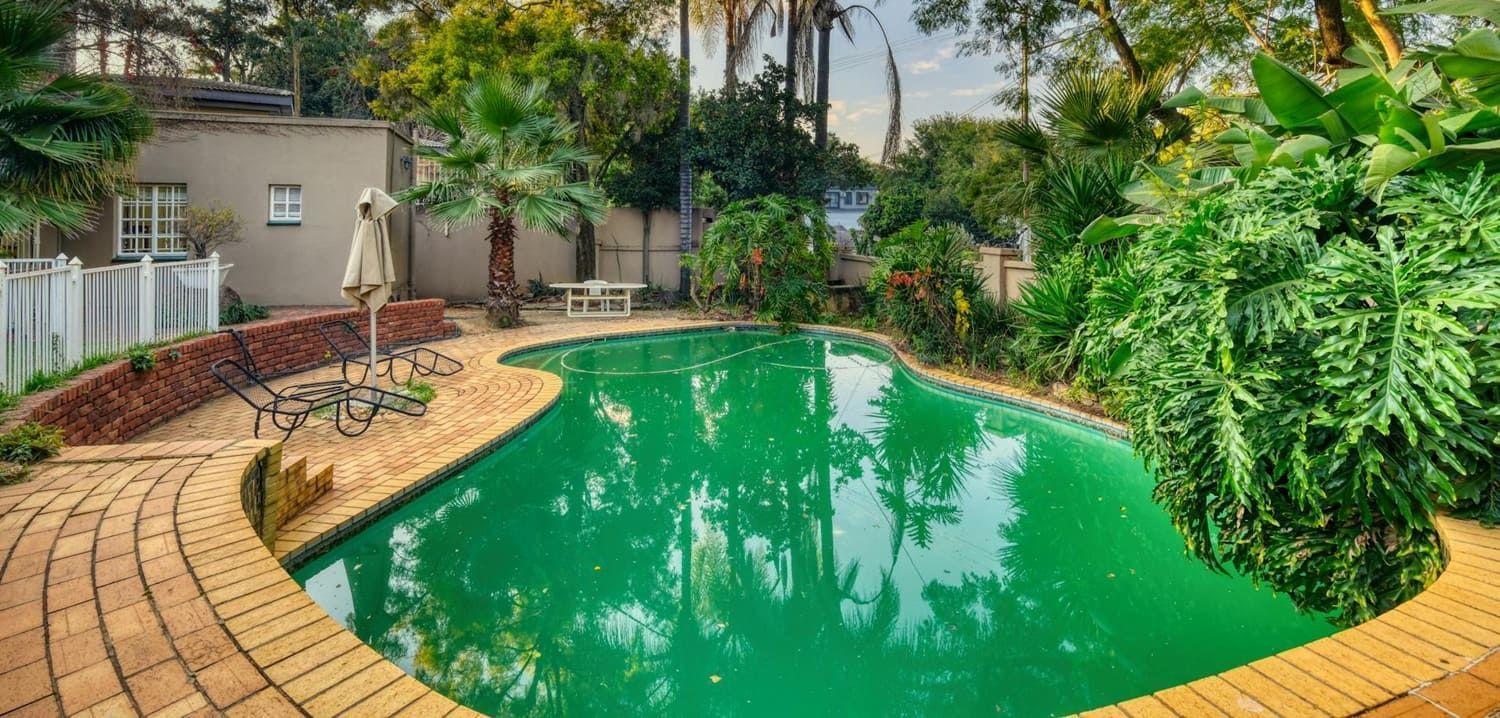
By LayorCare Blogger
•
November 4, 2025
Learn the best way to effectively remove algae from your pool and keep your water sparkling clear. Discover eco-friendly, expert-recommended solutions and proven pool maintenance strategies to prevent and eliminate algae growth for a healthy swimming environment.

